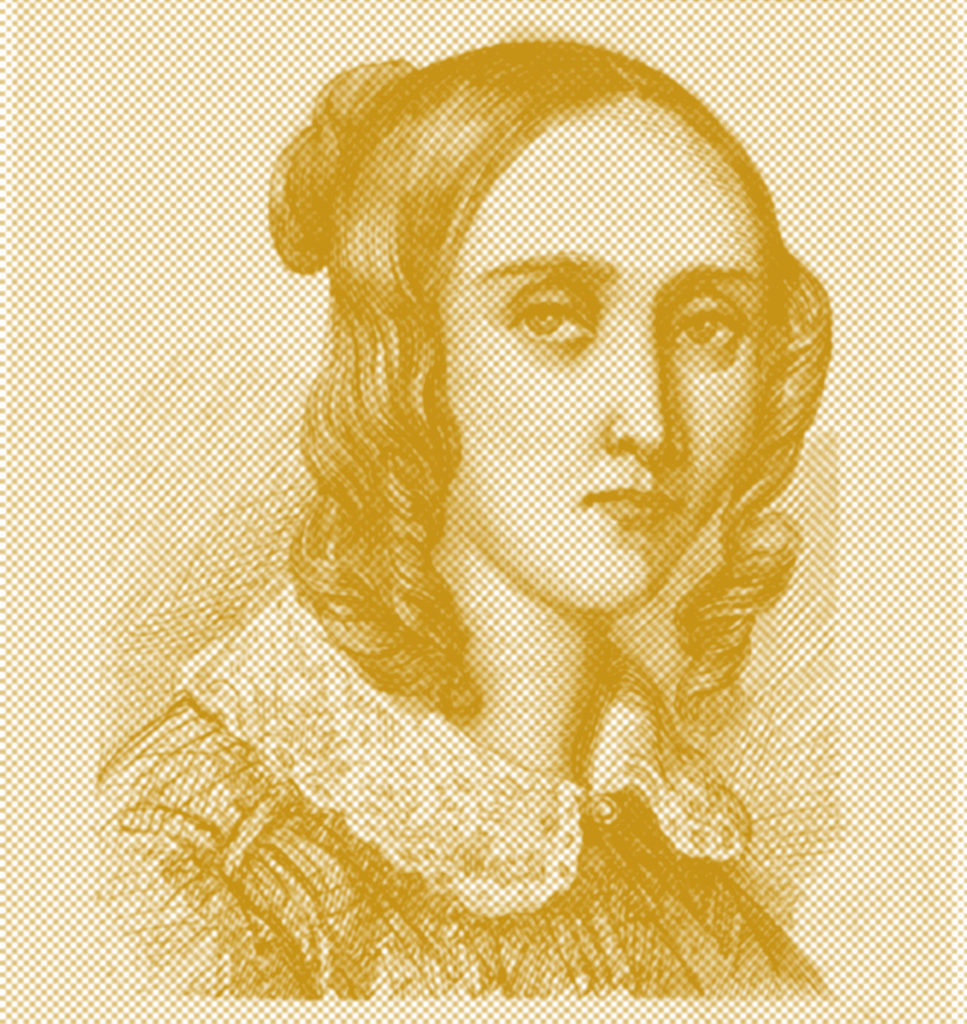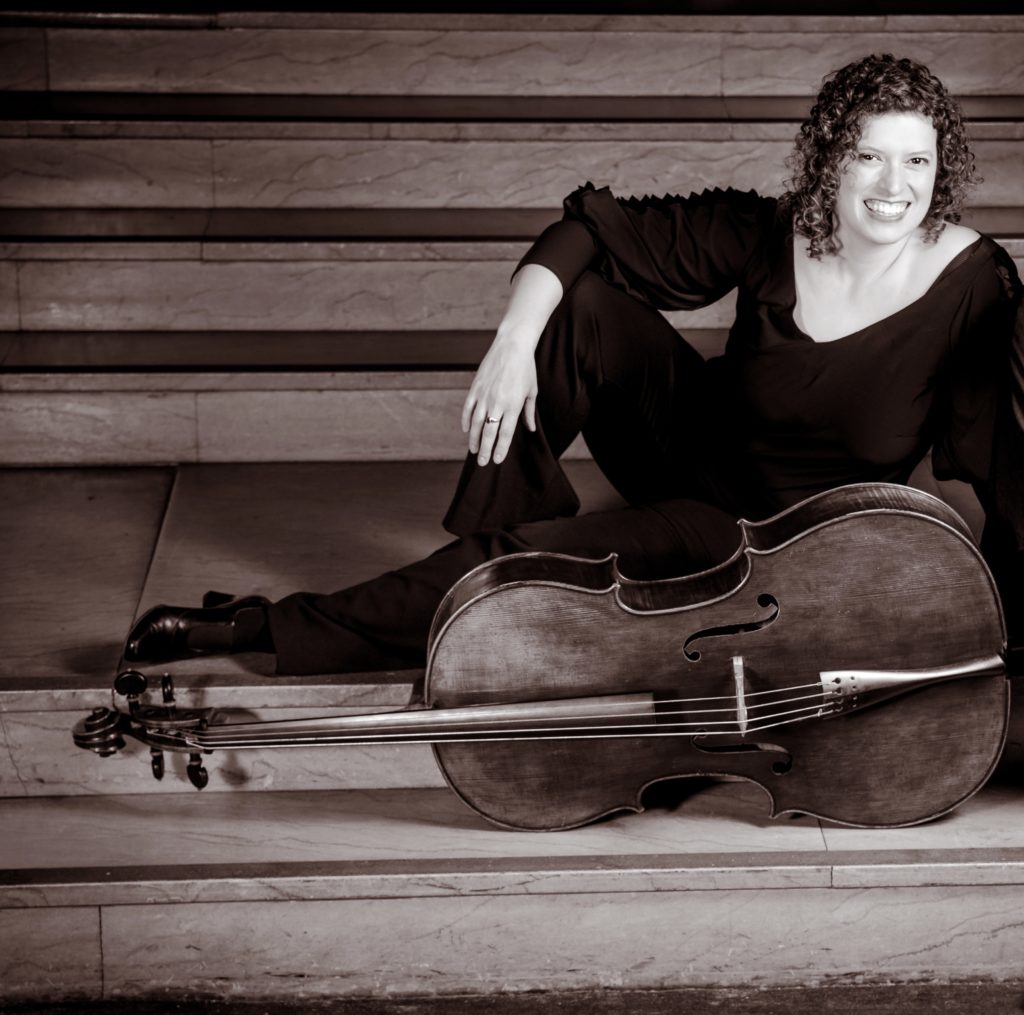by Kate Bennett Wadsworth

When we talk about the pioneers of the early music movement, we’re often referring to the legendary generation of musicians who formed a counterculture to the classical music mainstream in the 1960s and ‘70s. Artists such as Nikolaus Harnoncourt, Anner Bylsma, and Sigiswald Kuijken, finding the classical mainstream both ponderous and sterile, sat down with some dusty old treatises from the 18th century and earlier and used them to reinvent musical expression for the next generation.
In a sense, though, it’s misleading to call them the pioneers. Having grown up on The Sound of Music, I was astonished to learn recently that the original Trapp Family Singers were also a part of this movement: back in the 1940s, they were touring with viols, recorders, and a spinet! (It’s a shame Rogers and Hammerstein couldn’t work that in.)
At the dawn of the 20th century, you find another generation referred to as early music pioneers: artists such as Arnold Dolmetsch and Wanda Landowska, whose enthusiastic promotion of the harpsichord and other early instruments re-established these instruments on the concert stage.
The curious thing about the history of the early music movement is that every time you peel back a layer, you can see that the roots go deeper still.
But was even that the beginning of the early music revival? A history of the cello written in 1914 reports that Robert Hausmann, Brahms’ favourite cellist, played the viola da gamba with great mastery. This brings us back into the 1880s, when Brahms and his colleagues were busy publishing critical editions of long-forgotten music from the 17th century and earlier. The curious thing about the history of the early music movement is that every time you peel back a layer, you can see that the roots go deeper still.
Pianist, pedagogue, and music editor Louise Farrenc is a mid-19th-century example of an artist who engaged on a deep level with the music of the past. At a time when the Parisian musical public was perfectly happy to listen to programs of variations on the latest opera tunes, Farrenc became known for her seriousness and depth, turning to classical forms such as symphonies and string quartets (considered at the time to be “masculine” genres), and presenting programs that paired her music with immortals such as Beethoven. Between 1861 and 1872, she collected, edited, and published a 20-volume collection of keyboard music called Le Trésor des Pianistes – at first in collaboration with her husband, the flutist and publisher Aristide Farrenc, and then as the sole editor after his death in 1865. The collection includes some four centuries of music for keyboard, together with a prodigious amount of historical background and commentary, especially on forgotten styles of ornamentation. These essays draw on a range of older treatises now familiar to the student of early music, such as Leopold Mozart and CPE Bach. Most familiar of all, though, is the overarching image of older repertoire contained in the title of the collection: old music as a treasure trove.
In Farrenc’s own compositions, we can hear a rich musical language, nourished by the past but not shackled by it.
In Farrenc’s own compositions, we can hear a rich musical language, nourished by the past but not shackled by it. In the Nonet Op. 38, which Tafelmusik members will perform later this month, the opening chord sets us almost in the world of The Magic Flute, and the piece that unfolds has some of the same virtues: grounded, lyrical, fantastical, and festive. The scherzo is especially captivating: a shadowy dance with little flashes of light, like Mendelssohn with a dash of Berlioz.
Madame Farrenc might have been surprised to learn that one day, the treasure-hunting approach to the past would lead us to rediscover her own music, as well as the playing styles that first brought it to life. Joseph Joachim, the violinist who played in the premiere of the Nonet, remarked at the end of his life that the highly nuanced, speechlike style of string playing that had become stereotyped as “German” had in fact come from the French violinists of the early 19th-century, inspired in turn by older Italian singing traditions. Richard Wagner, writing in the 1860s, speaks of this early Romantic French style in glowing terms. “The French idea of playing an instrument well,” he declares, “is to SING well upon it.” While we can’t know exactly what that singing style sounded like, a few key sources can at least help us to imagine it through the lens of instrumental technique. Charles de Bériot’s Méthode de violon and Sigismond Thalberg’s L’art du chant appliqué au piano, both published within a decade of the Nonet’s premiere, are particularly good at helping us to understand the closely intertwined arts of playing, singing, and speaking, as they may have sounded in the 1850s. This is like and unlike the 18th-century’s rhetorical playing styles that Harnoncourt’s generation studied and reanimated. If 18th-century playing approximated speech by the artful separation of notes, de Bériot and Thalberg’s styles focused more on the artful linking together of sounds, with delicate gradations of portamento, accentuation, and rhythmic nuance.
Delving into the treasure trove of forgotten sounds, we can use the distant past to reinvent and reanimate musical expression for the future: the old made fresh and new.
In engaging with these lost playing styles, our generation has the potential to become yet another wave of early music pioneers. Delving into the treasure trove of forgotten sounds, we can use the distant past to reinvent and reanimate musical expression for the future: the old made fresh and new.

Kate Bennett Wadsworth is a cellist and gambist devoted to historical performance of all periods, with a special research interest in 19th-century performing practice. She has appeared at festivals across Europe and North America with ensembles such as B’Rock, Tafelmusik, Arion, and the Gabrieli Consort, and given lecture-recitals and masterclasses at the Juilliard School, the Royal Birmingham Conservatoire, the Orpheus Insitute, and the Utrecht Early Music Festival. In collaboration with Clive Brown and Neal Peres da Costa, she prepared annotated editions of the Brahms Cello Sonatas and co-authored Performance Practices in Johannes Brahms’ Chamber Music, published by Bärenreiter in 2015, and her recording of the Brahms Cello Sonatas with pianist Yi-heng Yang, released on the Deux-Elles label in 2018, has been praised for its “narrative quality” (Gramophone) and its “ardor and depth” (Early Music America). She is currently a Leverhulme Early Career Research Fellow at the Guildhall School of Music and Drama.
